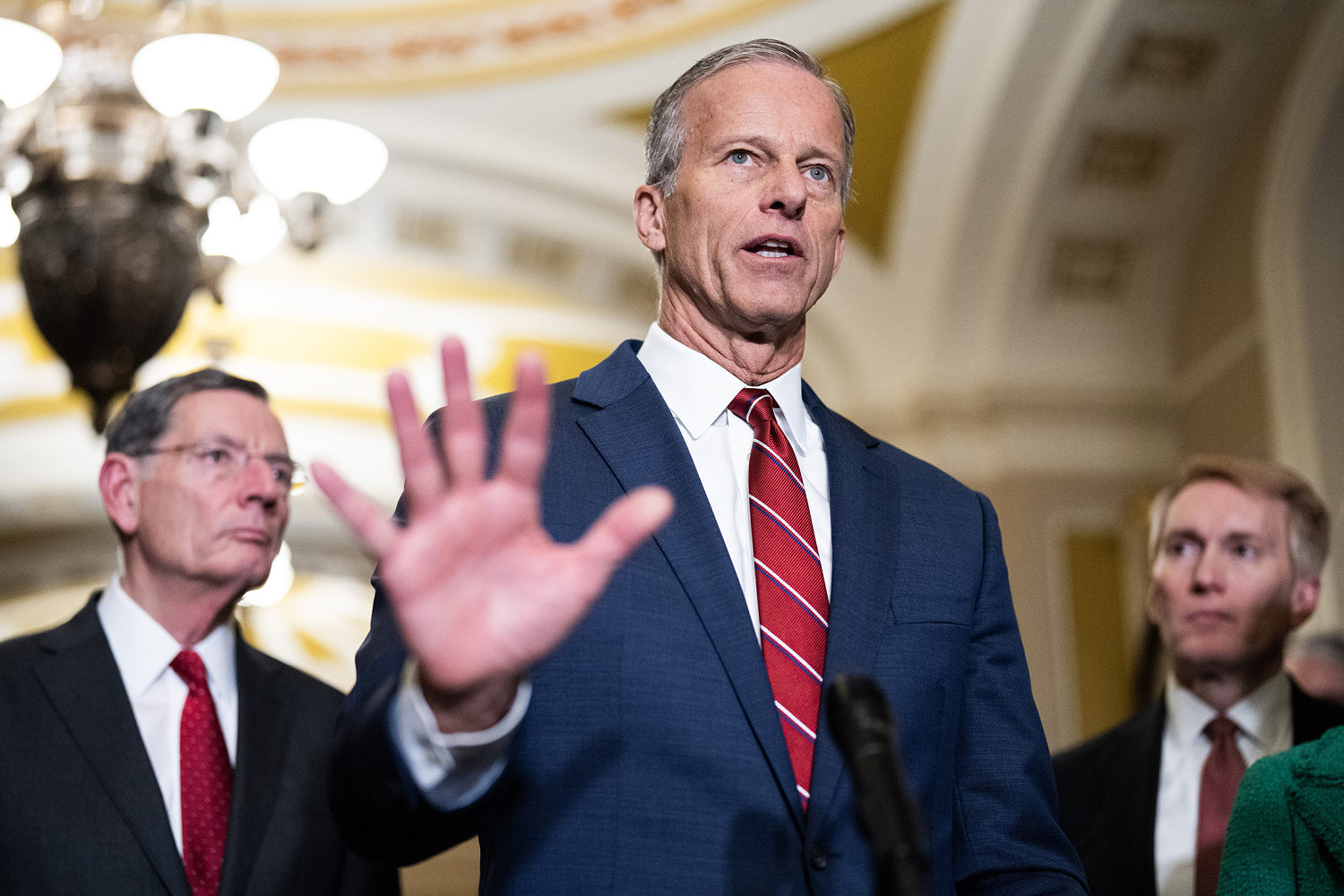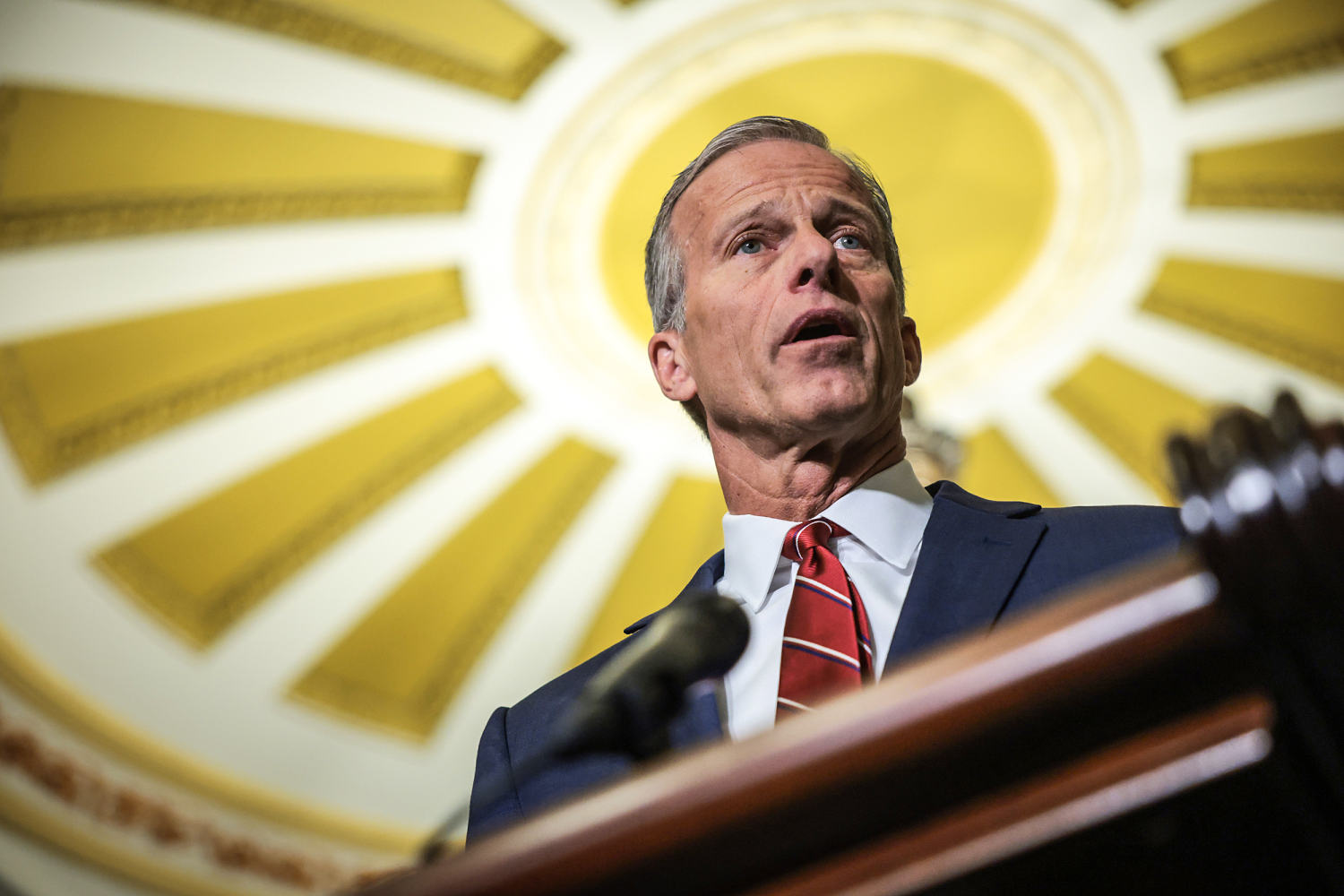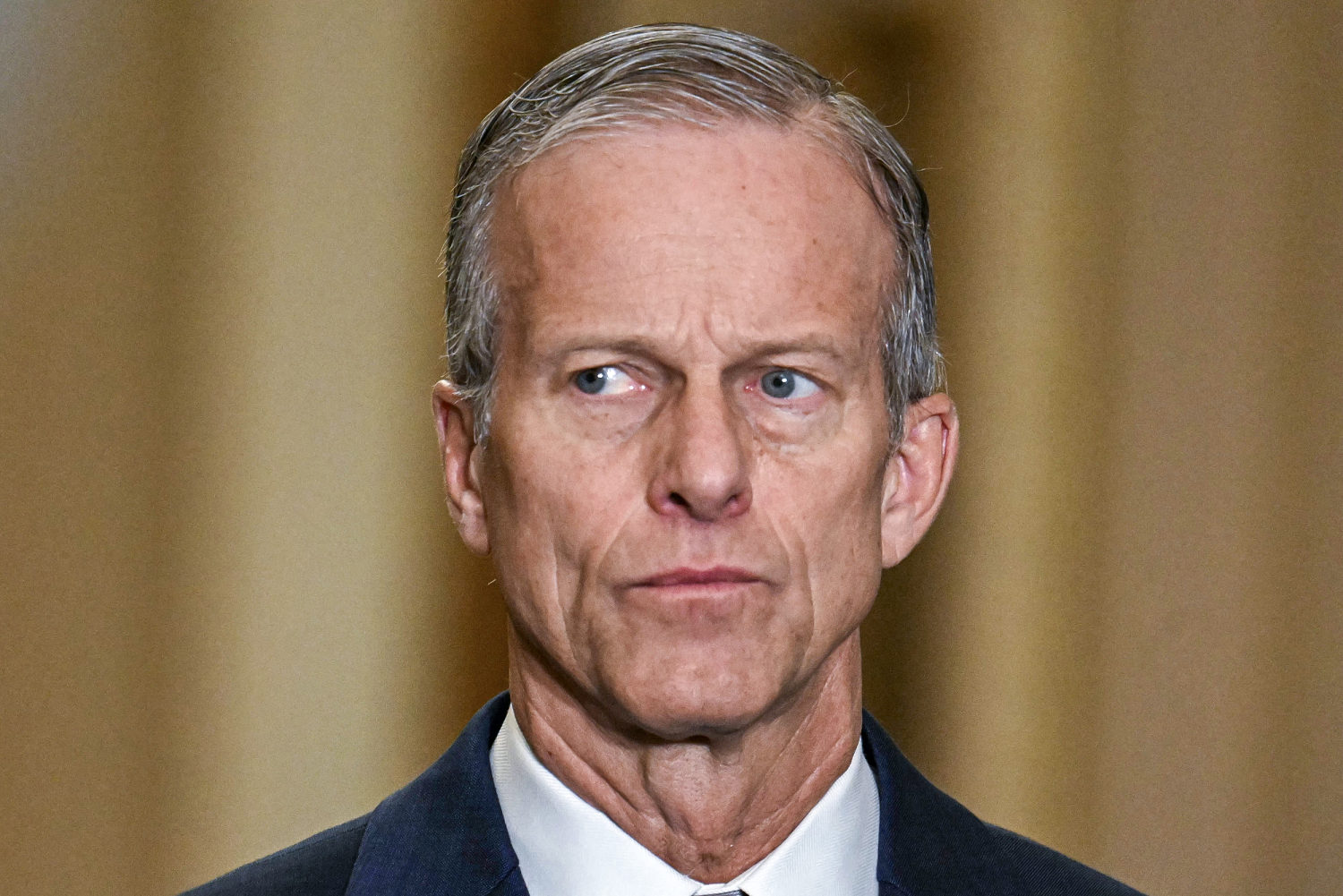Senate Republicans are pushing to adopt a budget blueprint this week to kick off a complex process to advance President Trump’s tax agenda.
The framework follows weeks of bicameral negotiations between GOP leaders after Republicans in both chambers introduced drastically different budget plans earlier this year.
However, the new plan includes several differing instructions for the two chambers as they craft a final bill, pushing off tackling some key issues for later when it comes time to decide what makes the cut in Trump’s long-awaited “big, beautiful bill.”
Here are several big questions the new blueprint leaves unanswered.
Which of Trump’s tax cut proposals will make it in?
Senate Republicans say the new budget plan will pave the way for the party to make permanent Trump’s signature 2017 tax cuts that are set to expire later this year – but there’s still uncertainty about which other proposals could wind up making it in the eventual package.
Senate Budget Committee Chair Lindsey Graham (R-S.C.) said on Wednesday that he determined that “current policy will be the budget baseline regarding taxation,” moving forward with an accounting method that would allow the cost of the 2017 tax cut extensions to be ignored.
However, the resolution also features instructions for the Senate’s tax-writing committee detailing a cap of $1.5 trillion for further changes that would increase the deficit over roughly the next decade.
Some of the tax pitches that have gained steam in recent months include proposals from Trump to do away with taxes on tips and overtime wages. There has also been some support in the party for raising the state and local tax (SALT) deduction cap to provide relief for constituents in states like New York.
Fiscal hawks in the House, meanwhile, are crying foul over the scoring method the Senate is using to make Trump’s tax cuts permanent. They argue that despite being scored at $0 in the bill, they will add to the deficit.
How much will it cut spending?
The plan includes different targets for spending cuts for both chambers, with a gap of more than $1 trillion dollars separating the two sets of instructions.
In the Senate’s set of instructions, committees on Agriculture, Banking and Housing, Energy and Natural Resources, Health and Education are tasked with finding at least $1 billion in savings each – amounting to a minimum of $4 billion. The move is intended to provide them with more flexibility when it comes time to write the expected bill that will result from a wonky budget process Republicans are using known as budget reconciliation.
By contrast, the House’s instructions call on various committees to find at least $1.5 trillion in savings, while leaning on its Agriculture, Education, and Energy and Commerce committees to find ways to reduce the deficit.
It also includes similar language in the House’s previous resolution calling for their proposed cap on tax cuts to be reduced if cost-cutting recommendations from committees don’t total at least $2 trillion.
Senate Republicans insist the $4 billion is a floor for cuts. But the number is outraging conservatives in the House, who are threatening to not even back the blueprint the Senate passed because of it.
What will happen to Medicaid?
The new plan also includes instructions from the House’s earlier budget resolution that has already prompted GOP concerns about potential Medicaid cuts ahead of an expected vote on the plan this weekend.
Those instructions call for the House Committee on Energy and Commerce, which has jurisdiction over Medicaid, to submit recommendations to reduce the ...













